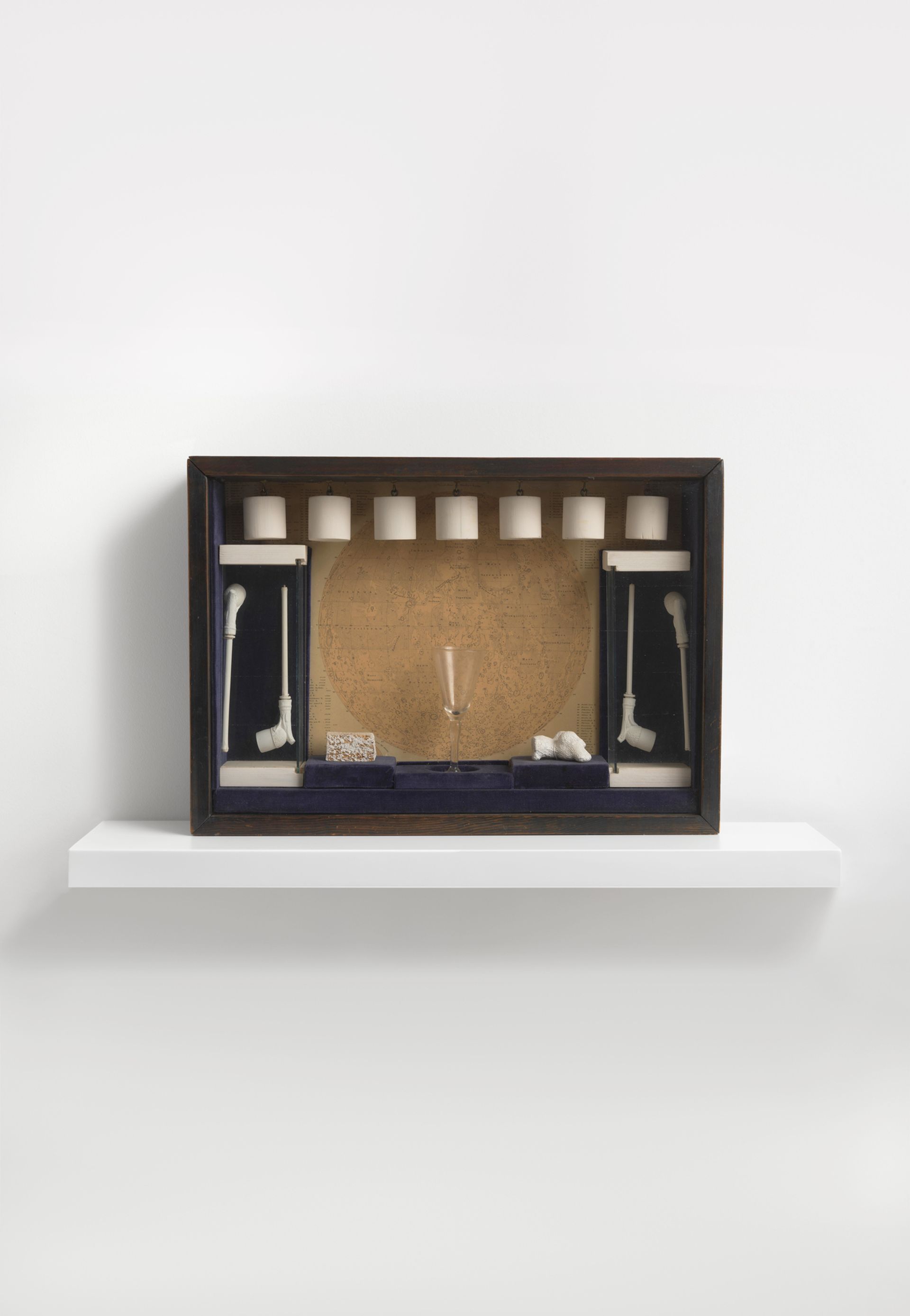When it comes to romantic relationships, one never knows what goes on behind closed doors—but for artistic couples, hints may be found in their work. Such is the premise behind Artists and Lovers, a pop-up exhibition by the dealer Pilar Ordovas that arrived in New York from London this week (until 7 January 2017). “I wanted to show couples, both of whom were artists in their own right—not one to be the muse, the other to be the artist”, says Ordovas. “I’m really interested in the dynamic where you have friendship and love and something else.”
Featuring pairings or groupings of works by 11 famous duos, the 25 works in the show reveal intriguing echoes and offer a window into the fluid network of avant-garde artists working in New York and Europe between 1930 and 1970.
It is no coincidence that Peggy Guggenheim looms as a third presence in the background of each relationship, as a patron, dealer, friend and often lover. Ordovas cites Francine Prose’s 2015 biography of the collector, which highlighted many of these connections, as an inspiration for the exhibition. The Surrealist movement—of which Guggenheim was a major champion—was rife with such crossovers, so the show starts there. Pieces by Kay Sage, Leonora Carrington, and Dorothea Tanning are shown alongside their paramours Yves Tanguy and Max Ernst. Taking for example Tanning’s L’Enchanteresse (1959) and Ernst’s Temptation of St Anthony (1945), Ordovas says: “They are two languages, two vocabularies, but they have something in common.”

One might say the same of the show’s unlikeliest duo, Yayoi Kusama and Joseph Cornell. They met in 1964 when she was referred to him as a model for life drawing—he was a 61-year-old recluse, she a Japanese performance artist in her mid-20s—and embarked on what she described as a “passionate yet platonic” relationship. In the show, Cornell’s Soap Bubble Set (1948) and Kusama’s Hat (1962) each display a deeply personal vision rooted in the body; after Cornell’s death in 1972, Kusama embarked on a series of boxes in his honor, including Pollen (1984), marked with her signature nets and dots.
Creativity in coupledom is not always easy, as Lee Krasner and Elaine de Kooning learned, often taking a backseat to or managing their husbands’ blossoming careers. Working together in a barn in Springs, New York, with Jackson Pollock spreading out his drip paintings in the larger of the spaces, Krasner was literally boxed in. As a result, “generally her work is much smaller”, says Ordovas, “but in this case it’s the other way around”, with Krasner’s Mister Blue (1966) outclassing a petite drip painting by Jackson Pollock, Silver Square (circa 1950), which Krasner kept in her home until she died in 1984.
With the de Koonings, Ordovas’s selections accomplish a humorous gender inversion, with Willem’s bronze sculpture Hostess (1973), squaring off with Elaine’s painting Untitled (Standing Bull) (1959). The feminist re-evaluation continues with the inclusion of Lauretta Vinciarelli, an architect and Donald Judd’s partner in life and art for 12 years, further complicating the question of who inspires whom.

